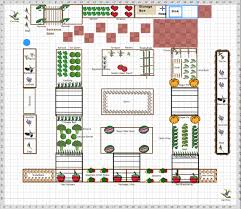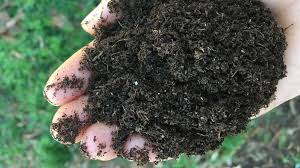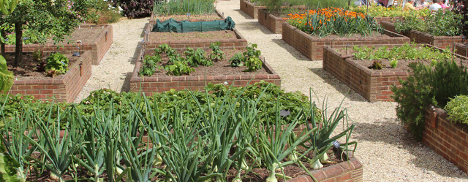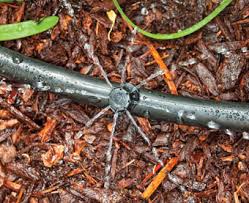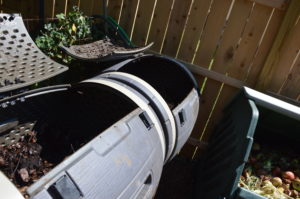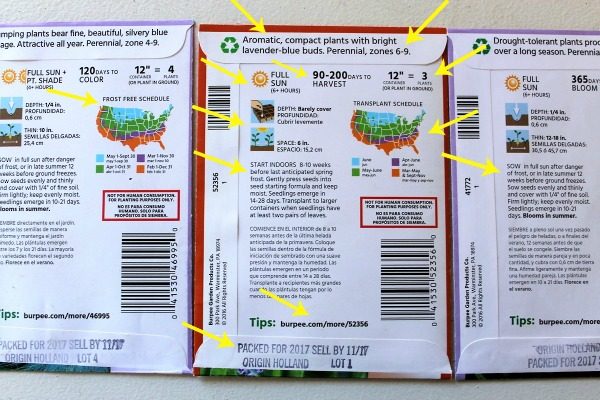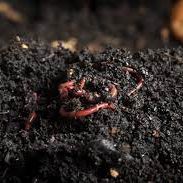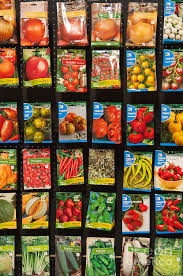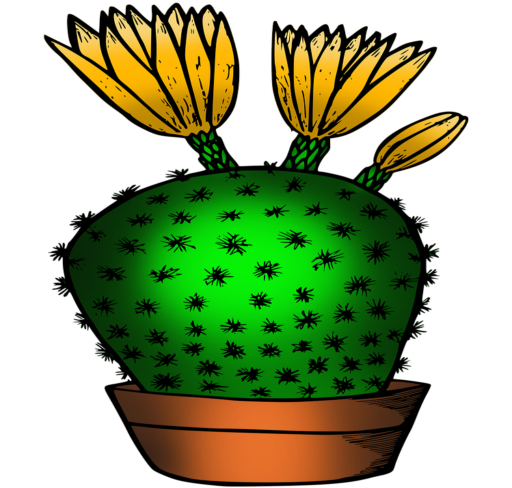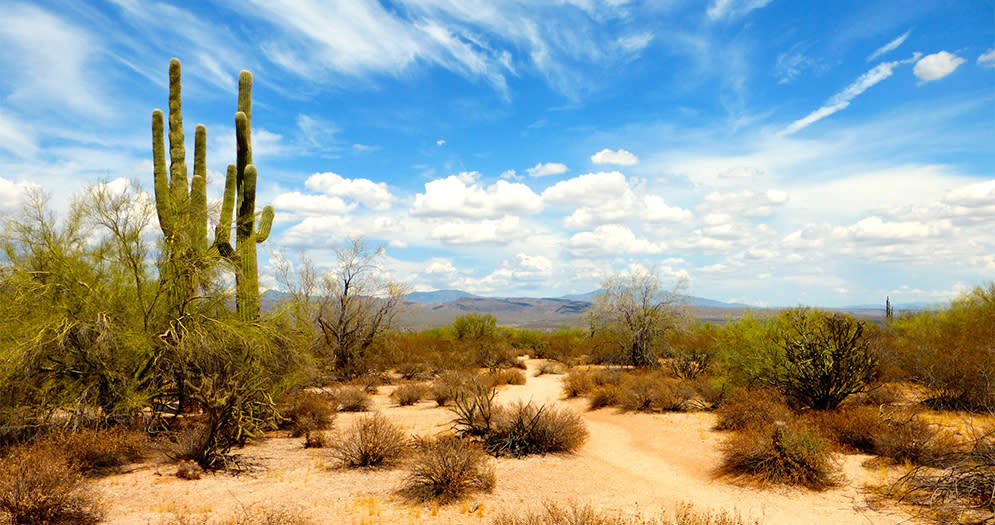
The Hot Low Desert:
The Sonoran Desert is a good example of the hot low desert and best known for their long, hot summers. There are two main growing seasons in the low desert Southwest:
The first growing season is from Mid-February until the end of May.
Then after the high temperatures of summer, from Mid to late September (once temperatures are below 100 degrees) until early to mid December.
The largest city in the Sonoran Desert is Phoenix, Arizona. Highs typically hit 100 degrees about 110 days a year. This Sonoran Desert area is known the Valley of the Sun. The name, Valley of the Sun, is appropriate due to the projected 319 forecasted days of Sun per year.
- Freezes: If freezes occur, between November 15 and February 15 (Usually 7 or fewer days of freezing temperatures).
- Summer Highs: In the 110° F range.
- Average winter humidity: 0 to 80 percent.
- Snow average –one winter in forty– usually does not stick.
- Average summer humidity: 10 to 40 percent.
Plant your cool-season plants from October to March. The rest of the year, select from warm-season plants. The Spring Garden will feature plants that like lengthening days, dry beans especially. Summer and Monsoon gardens feature heat lovers like basil and corn. Autumn gardens feature a few cool-season plants like bush beans and the warm-season that responds shortening days, like winter squash.
Approximate Weather Data for the Sonoran Hot Low Desert
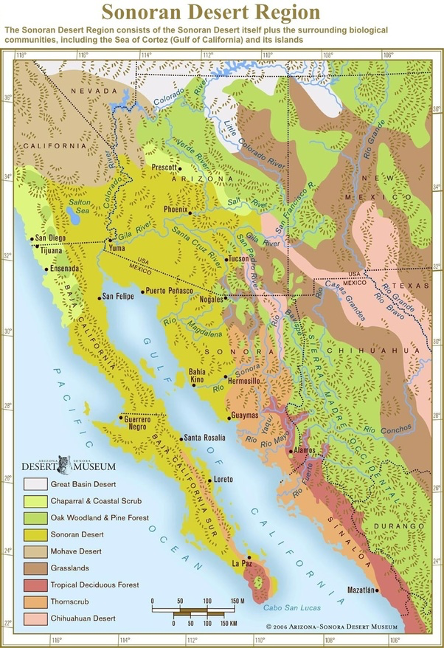
Following is a Frost Table for Arizona, New Mexico, and Nevada
This Chart Lists by City the Following:
Last Probable Spring Freeze
First Probable Fall Freeze
Number of Probable Frost-Free Days
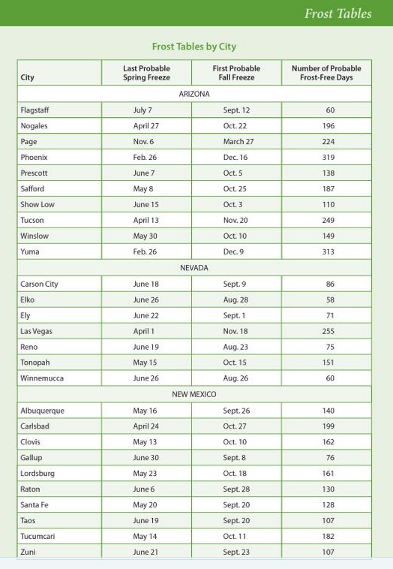
Vegetable gardening in the desert presents unique challenges due to the extreme heat, low humidity, and limited water availability. However, with proper planning and techniques, it is possible to grow a variety of vegetables and enjoy a bountiful harvest. Here are some tips for vegetable gardening in the desert:
Select vegetables that are well-suited for desert conditions:
Look for heat-tolerant and drought-resistant varieties such as tomatoes, peppers, eggplants, beans, squash, and herbs like rosemary and thyme. It’s also a good idea to choose fast-maturing varieties to take advantage of the shorter growing seasons.
Timing is crucial:
In the desert, timing is key. Plant your vegetables during the cooler months when temperatures are more favorable for growth. Fall and spring are usually the best seasons for vegetable gardening in the desert. Avoid planting during the hottest months of the year to prevent heat stress and bolting.
Provide shade and protection:
Protect your vegetable plants from the intense desert sun. Use shade cloth or provide natural shade from taller plants or structures. This helps to reduce heat stress and sunburn on the plants. You can also use row covers or netting to protect your plants from pests and to create a microclimate that retains moisture.
Amend and improve the soil:
Desert soil is often sandy or has poor fertility. Before planting, amend the soil with organic matter, such as compost, well-rotted manure, or peat moss, to improve water retention and nutrient content. Adding organic matter helps the soil hold moisture and provides essential nutrients for plant growth.
Practice water conservation:
Water is a scarce resource in the desert, so it’s important to use it efficiently. Install drip irrigation or a soaker hose system to deliver water directly to the plant roots, reducing evaporation and water waste. Water deeply and infrequently to encourage deep root growth and drought tolerance in plants. Mulching around your plants with organic materials like straw or wood chips can also help conserve moisture in the soil.
Implement wind protection:
Desert areas are often prone to strong winds, which can dry out the soil and damage delicate plants. Consider using windbreaks, such as fences, hedges, or shade cloth, to create a barrier and protect your vegetable garden from excessive wind.
Monitor and control pests:
Desert gardens may still face pest problems such as insects and rodents. Regularly inspect your plants for signs of pests and implement appropriate pest control measures. Use organic pest control methods whenever possible to minimize chemical use and maintain a healthy garden ecosystem.
By following these tips, it is possible to create a beautiful and productive garden in the desert. Remember that gardening in the desert requires patience and persistence, but the rewards can be well worth the effort.
